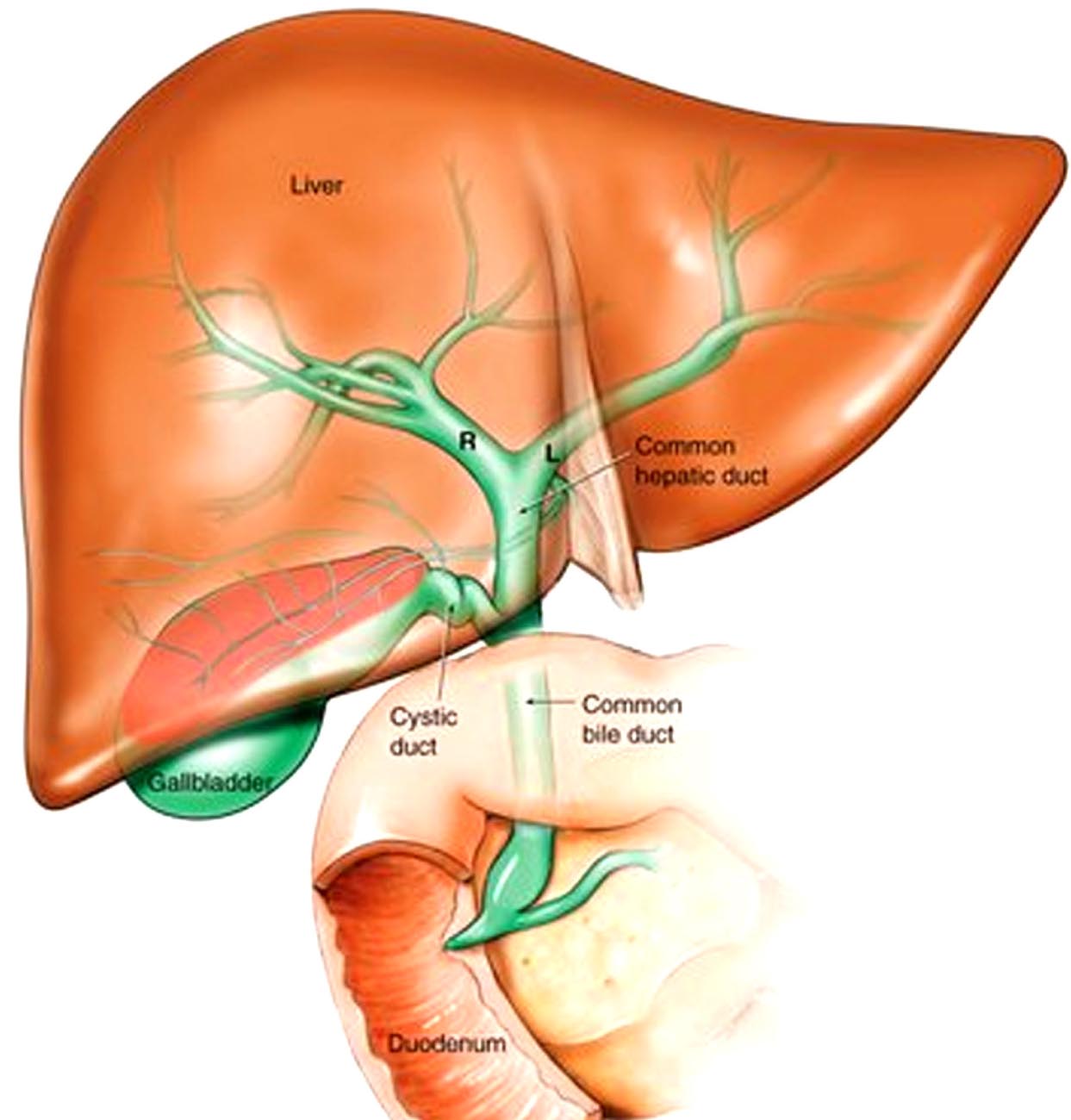Hepatitis is a general term for inflammation of the liver, which can be caused by several viruses. At present, there are hepatitis A, B, C, D, E and G. There is no hepatitis F.
Because the virus attacks the liver, all the symptoms are also related to the liver.
As the largest internal organ in the body, the liver weighs 1.5 kilos and lies behind our right rib cage.
The liver functions as the body’s chemical processing plant, where it regulates the blood sugar, the blood clotting, and removes toxins, alcohol and drugs from the body.
Hence, when the liver becomes inflamed or sick from the hepatitis virus, patients develop fever, nausea, vomiting, yellowing of the eyes (jaundice) and skin, and pain in the liver area (the right upper abdomen).
To distinguish between the hepatitis viruses, specific blood testing is done.
Treatment is similar for all types of hepatitis. Supportive treatment with bed rest, restricted physical activity, and a diet high in carbohydrate and low in protein, is advised.
Here are some general facts about hepatitis infection: For hepatitis A and E, the incubation period (no symptoms yet) is between two weeks to two months after the virus enters the body. Transmission of the virus is similar and passed from the stool of an infected patient. For hepatitis B, C and D, the incubation period is around four weeks to six months. These viruses are all transmitted through the blood and sexual contact.
Specific facts
- Hepatitis A is a highly contagious infection caused by eating food contaminated by someone who has the disease. Persons with hepatitis A pass the virus in their stool. Thus, after a person swallows these virus particles, it will migrate to the liver where it will lie dormant (incubate) for 30 days on average. After which time the virus will start to multiply and cause liver inflammation and symptoms. In 2003, a large outbreak was reported in Pennsylvania, which was traced to eating contaminated green onions from Mexico. The good news is that almost all patients fully recovered in one to four months.
- Hepatitis B is caused by intimate contact with the blood, saliva, semen, or vaginal secretions of a person who has the disease. These can be passed on through blood transfusion, sexual contact or during childbirth from mother to child. Ninety percent of babies born to mothers with the hepatitis B antigen also catch the disease. The incubation period is between six weeks to six months. Afterwards, patients may develop more severe symptoms as compared to hepatitis A. The liver enzymes (called SGPT and SGOT) also rise to much higher levels than in hepatitis A. Ninety percent of patients recover fully from hepatitis B, but 10 percent become chronic hepatitis B carriers. In the Philippines, an estimated 11 percent of adult Filipinos are hepatitis B carriers. Close follow up is advised for them.
- Hepatitis C is passed on through blood and sexual contact. Most cases are transmitted through blood contamination, like the sharing of needles by drug users. Those who use intranasal cocaine, body piercing or hemodialysis are also at risk. It is less easily caught through sexual intercourse, or passed on from mother to child. Close follow up is needed because there are cases that lead to hardening of the liver (cirrhosis) and liver failure.
- Hepatitis D is a unique liver infection because it can only be caught by patients who already have hepatitis B. It is more common among drug users and in people living around the Mediterranean. For unclear reasons, hepatitis D cases rose in the 1970s, and have since declined. Having both hepatitis B and D increases the risk for serious liver damage and liver cancer. There is no vaccine for hepatitis D, but the vaccine for hepatitis B should be effective in preventing both diseases.
- Hepatitis E, like hepatitis A, is caused by contaminated food and water. Outbreaks are more common in Asia and Mexico, and rare in Western countries. Hepatitis E is particularly deadly in the early stages. Especially for pregnant women, there are cases where hepatitis E can kill the patient in a matter of hours after symptoms appear. There is still no vaccine available for hepatitis E.
- Hepatitis G: Discovered in 1995, the GB virus was once thought to be a cause of hepatitis G. However, recent studies show that although this virus is found in some patients with hepatitis, it may not be actually responsible for the symptoms. The hepatitis G virus can be transmitted by blood and has been found in 1.5 percent of blood donors, 50 percent of intravenous drug users, 30 percent of hemodialysis patients, and 15 percent of patients with hepatitis B or C. Although hepatitis G virus does not appear to cause illness, researchers still have to clarify its role in the body.
For hepatitis prevention, have your hepatitis profile checked. As well, avoid risky behaviors like unsafe sex, drug use, body piercing and tattoos. Consult your doctor also regarding the need for hepatitis B vaccination.
In the next article, I will discuss chronic hepatitis B and strategies to protect our liver. — First published in Tulay Fortnightly, Chinese-Filipino Digest 27, no. 3 (July 8-21, 2014): 12.
